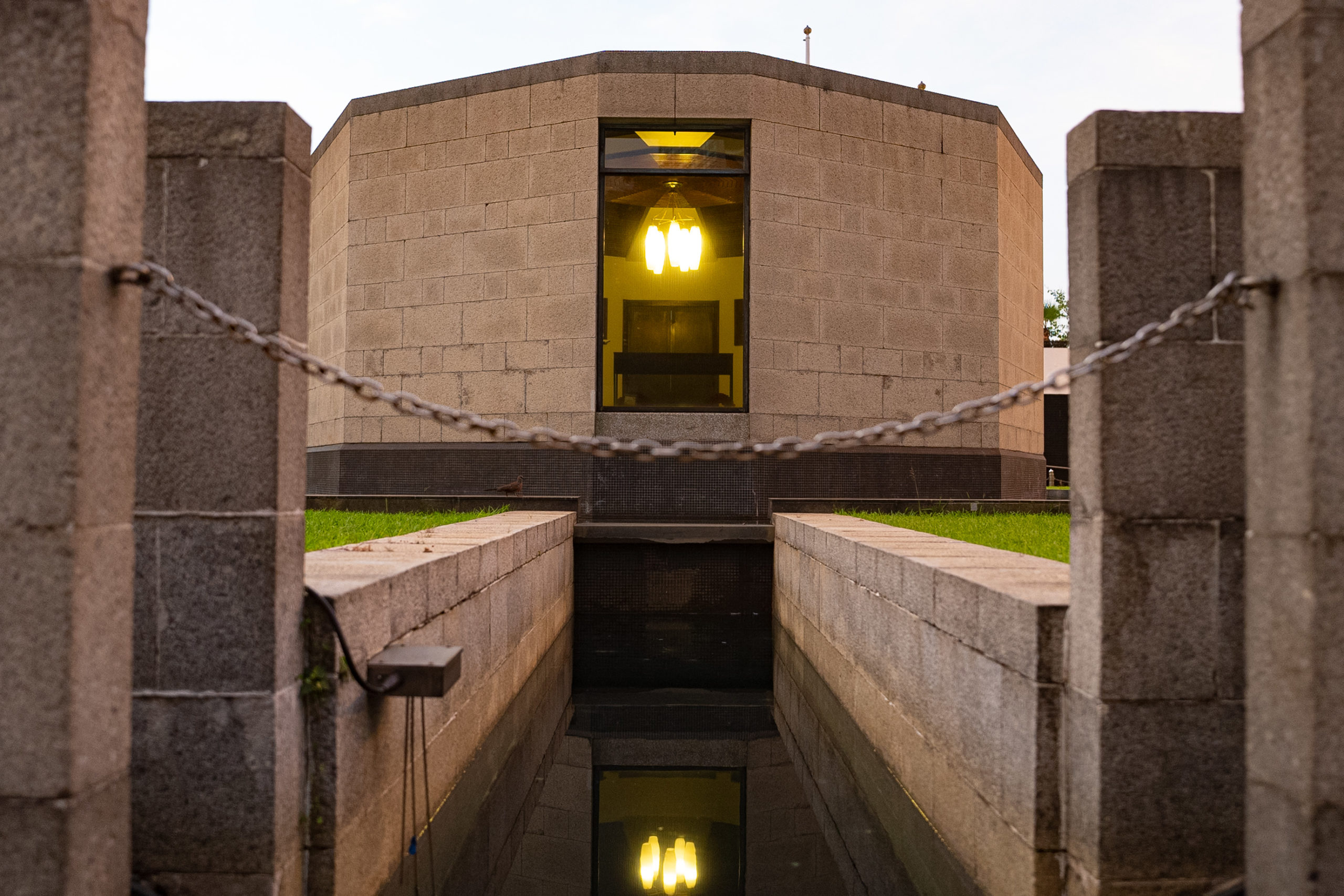Name (English): Hong Kong City Hall
Name (Chinese): 香港大會堂
Category: Uncategorized
Phone Number: +852 2921 2840
Address (English): 5 Edinburgh Place, Central, Hong Kong
Address (Chinese): 中環愛丁堡廣場五號
Address Google Map Link: https://goo.gl/maps/ry9ioYwqz6PYKf1b8
Address longitude and latitude: 22.28224819253709, 114.16163743864014
Nearest MTR Station: Central Station Exit K
Nearest MTR Station Google Map Link: https://goo.gl/maps/PXoWCKorgK784N7v9
Nearest MTR Station longitude and latitude: 22.281115070245583, 114.15954912313741
How far from the nearest MTR Station: 6-minute walk from Central MTR Exit K
Opening Hours:
MON 09:00 – 23:00
TUE 09:00 – 23:00
WED 09:00 – 23:00
THU 09:00 – 23:00
FRI 09:00 – 23:00
SAT 09:00 – 23:00
SUN 09:00 – 23:00
Recommended Time to Visit: Any opening hours. 09:30 – 12:30 on the first Sunday of each month for visiting the Memorial Shrine
Accessibility Note: Easy access
Opened in 1962 by Sir Robert Black, the Hong Kong City Hall is the venue for civic and cultural events. Despite its simple Bauhaus architectural style, it is listed as a Grade I Historic Building in 2009 and it is one of the edifices surviving from the Central and Wan Chai Reclamation Project due to its historic value.
This heart of the city was visited by prominent guests before the handover of Hong Kong in 1997. British Royal members including HM Queen Elizabeth II and HRH Prince Philip, the late-Duke of Edinburgh visited the city hall after they landed from the royal yacht Britannia during their visit in 1975. The 24th to the 28th governors of Hong Kong took their oath at the city hall. It was a place of fresh starts that changed the fate of Hong Kong: it was the Urban Council Chamber until 1999, the place where each Legal Year opened, and a polling station for the Legislative Council and Urban Council elections in the colonial period.
The City Hall is rather familiar to most Hong Kongers for the Marriage Registry and the first public library located in the high block. Now a cultural centre, it provides fine performance venues for splendid shows of all kinds by excellent performers, from the Chor Fung Ming Cantonese Opera Troupe to renowned musician Yo-Yo Ma. Providing citizens with quality cultural activities, this is the indispensable place that marks history of the city as well as of one’s own.
The Memorial garden, among other places of historical-political significance, is a hidden gem visitors might have missed while they walk into the city hall blocks. It is where the fallen soldiers and citizens, who were in defense of Hong Kong during WWII, are remembered. A12-sided Memorial Shrine stands in the center of the garden situated between the high block and low block of the city hall. Inscribed on the walls are the words「英靈不滅、浩氣長存」(in English: These had seen movement and heard music: known slumber and waking; loved; done proudly friended) denoting the commemoration of the unending spirit of the Brave and the Dead. The names of the veterans are listed on the Roll of Honour and the names of units are engraved onto the plaques. You could feel the strong sense of patriotic duty of the fallen to fight for their beloved homeland.



The shrine has a little change after the handover as well. Among the plaques that have been placed inside the shrine, there is a new plaque placed upon the handover to commemorate 東江縱隊 , i.e. some communist guerrillas based in Sai Kung, the East of Hong Kong. These guerrillas are said to be veterans who fought for Hong Kong, but historical evidences show that the Chinese Communist Party Leader Mao Ze-dong was not aiming for saving Hong Kong from the Japanese, but in fact for facilitating the Japanese military to occupy Hong Kong so their enemies, the Chinese Nationalist Party (KMT), would lose land and connections in Hong Kong. The passivity of Hong Kong may have made the city a chess piece in the geopolitical chess game between the Chinese Communists and Nationalists in the past, but nowadays the HKSAR government celebrates the heroic work of the People’s Liberation Army by recording the stories in official documents.
As you might have noticed the day of publication of this article is on VE (Victory of Europe) Day, the date of Liberation day of Hong Kong was changed upon the handover as well. The British colonial government declared the day to be on August 15, which is VJ (Victory over Japan) Day celebrated across the globe for the surrendering of Japan in World War II. But it was changed to September 3, the day when Japan surrendered to China, in alignment with the Central People government calendar. This once again shows the influence of China on Hong Kong after the handover.
If you get to visit the memorial garden, especially the memorial shrine, you probably will wonder how tremendously the meaning of “patriotism” has changed from the war time to current protest. While there were fighters defending freedom in Hong Kong, there were also invaders who were keen to deprive freedom of the people. It is, therefore, certainly a place worth-visiting for seeing human’s huge propensity for good and the capacity for evil.
#discoverhongkong #explorehongkong #visithongkong #hongkongtravel #ilovehongkong #hongkongcityhall #central #hongkonghistory #hongkongstory #hongkongculture #WWIImemorial


